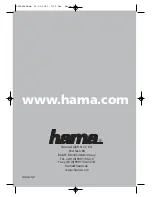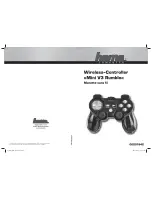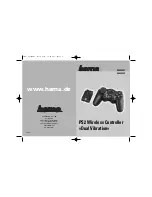
44
Using the function keys
4
Using the function keys
Use the function keys (indicated at the bottom of the screen) to execute functions.
Note
Note that the function keys are context sensitive and perform different operations
depending on the current screen.
The following keys have specific functions:
(F1)–Help: used to obtain a summary of information for a particular field or menu
item. For the modify and delete functions of dtcconfig, the Help function key
provides you with a list of DTCs to modify or delete. This function key is on almost
every screen.
(F3)–Shell: Used to temporarily access the HP-UX shell. After you have finished
entering shell commands, type
exit
to return to the dtcconfig utility. This function
key does not appear on every screen. You cannot execute another dtcconfig,
dtcdiag, dtcping or dtcmodifyconfs command from the shell because only one
instance of these commands can run at a time.
(F4)–Multi function Key
(F5)–Actions Menu: Used to access the Actions Menu.
(F6)–Default Values: Used to choose a set of default values for a set of fields.
(F8)–Exit: Used to leave the current screen. Refer to see “Exiting from dtcconfig”
on page 46 for more information. This function key is always available.
Summary of Contents for 9000 Series 700
Page 1: ...Using the HP DTC Manager UX HP 9000 Series 700 and 800 Computers ...
Page 2: ......
Page 10: ...10 Contents ...
Page 14: ...xiv Related HP Documentation ...
Page 22: ...1 22 Special DTC terminology ...
Page 84: ...84 Configuring DTC management protocol parameters 7 ...
Page 122: ...122 Copying and pasting configurations 9 ...
Page 136: ...136 Other dtcmodifyconfs parameter definitions 10 ...
Page 140: ...140 Downloading the configuration 11 ...
Page 164: ...164 About dtccheckip 13 ...
Page 174: ...14 174 Event log examples ...
Page 186: ...186 DTC user interface commands A ...
Page 200: ...200 HP UX 9 x file system B ...
Page 202: ...202 C ...
Page 216: ...D 216 ...
Page 221: ......















































